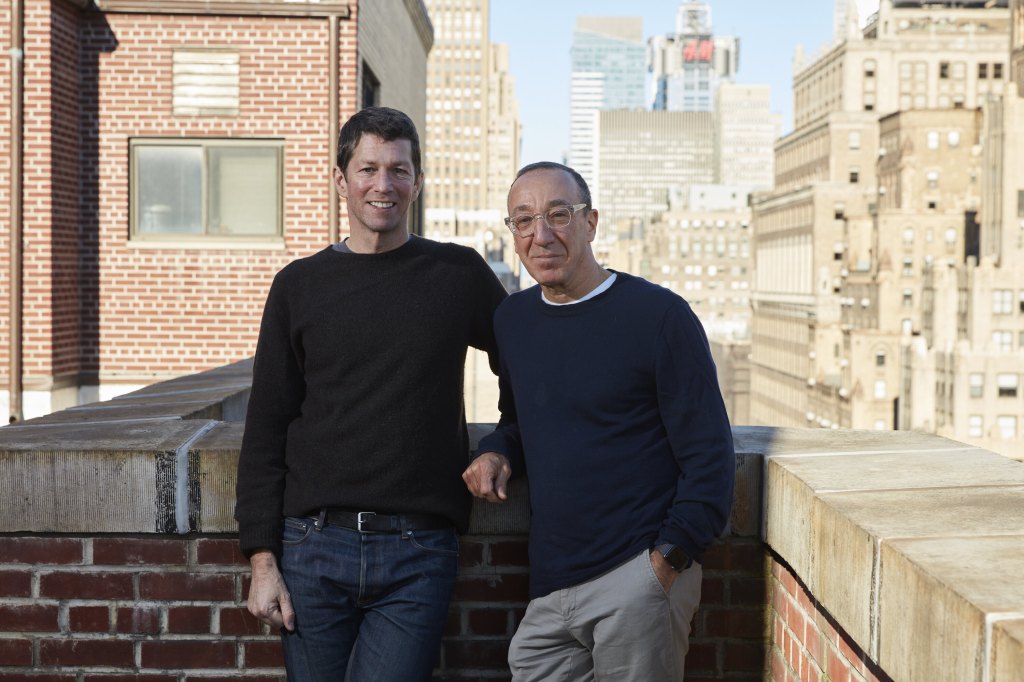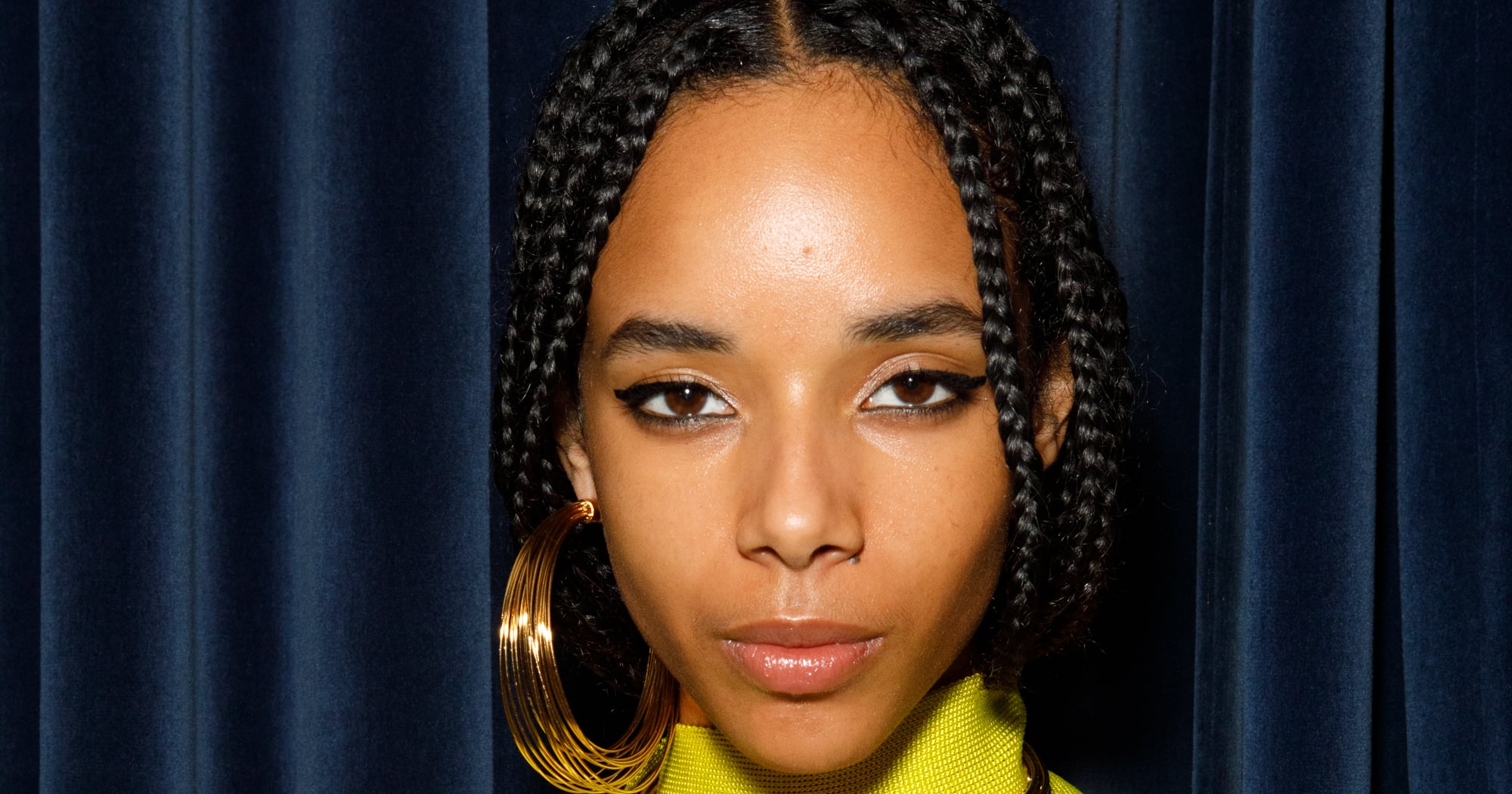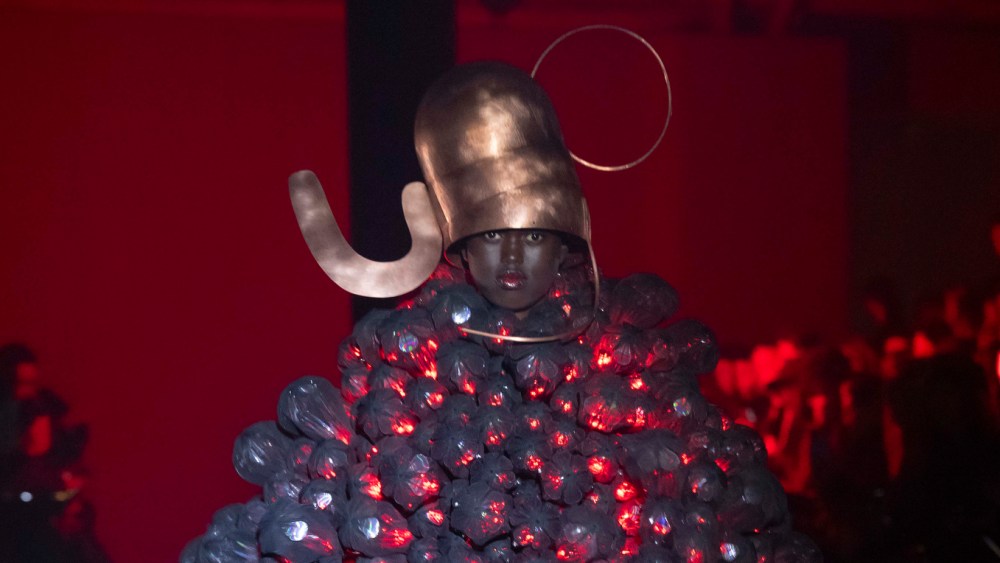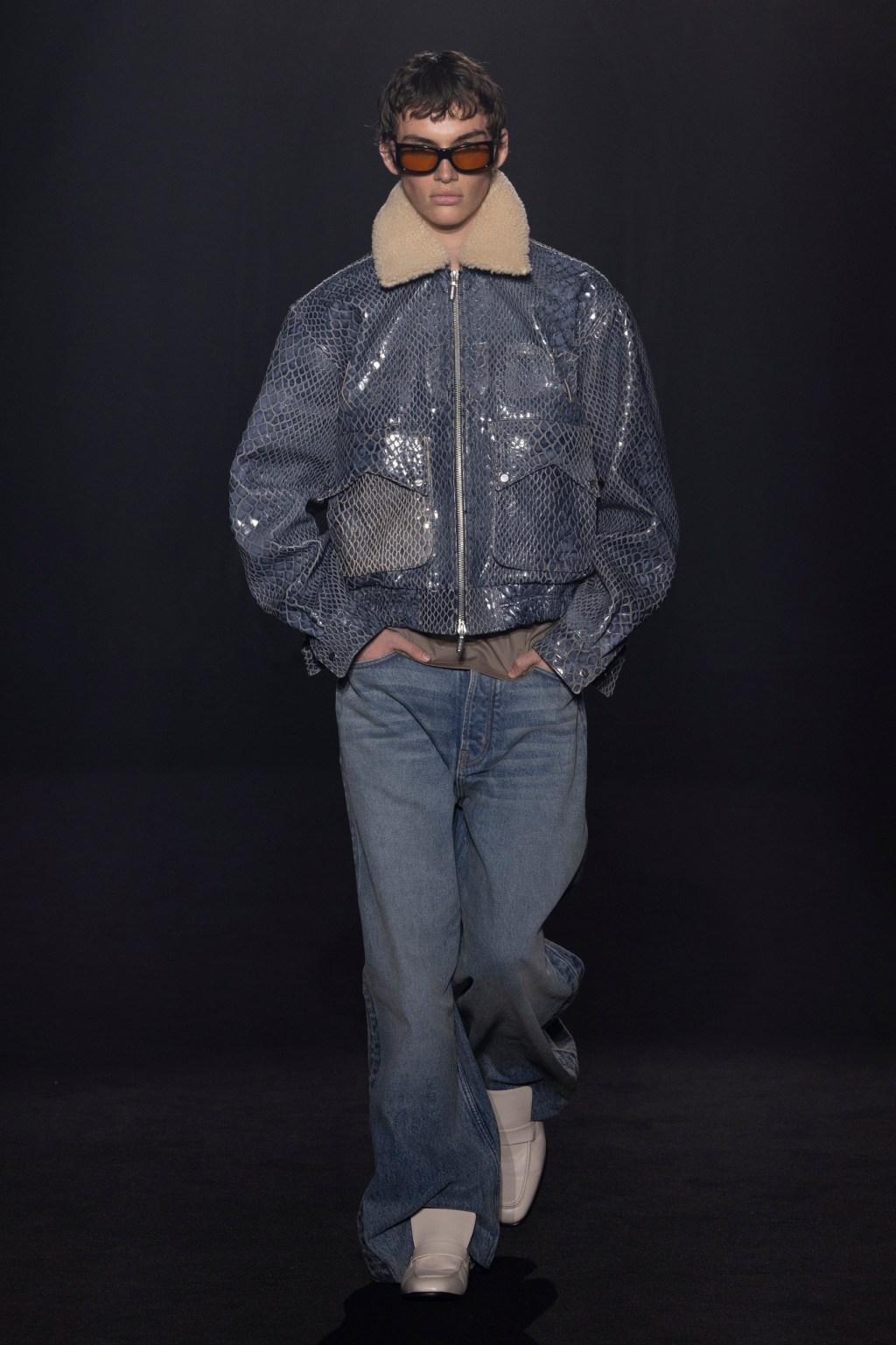Two decades in and still fresh as ever.
When partners in business and life, Matthew Malin and Andrew Goetz, launched Malin + Goetz in 2004, it was with $150,000 of personal savings and a single door, a website in the nascent days of the internet and now-defunct Barneys New York as its retailer.
Between the advent of digital sales and the golden age of beauty specialty retail, the market dynamics have shifted dramatically. But what’s kept Malin + Goetz on the growth path is doubling down on its value proposition as a design-led, no-nonsense brand focused on fewer, simpler products — marketed to every end of the gender spectrum.
Related Articles
In its 20-year history, those tenets have led it to broaden its footprint to 18 freestanding stores, 44 countries and 1,200 hotel and amenity partners globally.
“We started at a time when every brand had thousands of over-packaged products. Aside from Bliss, no one was doing anything modern or minimal in terms of packaging,” Malin added. “We really took advantage of that.”
“We were the only ones doing gender-neutral products at the time,” Malin continued. “Fresh had gone to LVMH, Stila went to Estée Lauder and Kiehl’s to L’Oréal. We thought we could be part of the next generation of independent brands.”
True to that ethos, the brand has been restrained in its product development, slowly building out key franchises without flooding an already saturated beauty market. In June, it will be introducing two new Eucalyptus products for body — a hand and body scrub, as well as a body gel — that will respectively retail for $36 and $44.
Though the pair see value in newness, grapefruit cleanser and vitamin E moisturizer, Malin + Goetz’s heroes it launched with, are still its bestsellers. Though both declined to comment on sales, industry sources place last year’s global revenues around $50 million.
Here, the duo describes what’s given the business its staying power, the strategy for the decades to come and the spaces they plan on disrupting next.
How have you seen the beauty landscape evolve in 20 years of business?
Andrew Goetz: It’s changed enormously. We used to say our distribution strategy was the Army, the Air Force and the Marines. We were very new, but also very unique. The barrier to entry was harder, though, because getting into department stores was so difficult.
We also started in a world before social media, which was fortunate. I don’t know that we were that strategic, it was a matter of fate. So many brands now launch direct-to-consumer, which wasn’t even remotely an option for us. We wanted to touch our customer, which is why the store was so important.
Matthew Malin: Men were just starting to look at luxury grooming products, it wasn’t a focus in the way that it is today. There was this moment in time where we could capture a male customer in a way that today’s competition wouldn’t allow.

You now have a robust fleet of stores. How has your distribution strategy evolved?
A.G.: Our hospitality business has been a huge aspect in terms of exposure, because we never had much national exposure. There were only four Barneys doors in the world.
M.M.: We never assumed the supermarket mentality of beauty retailers now. We want you to walk into a store, we want it to feel like a special experience. It’s not an easy model to scale, and it certainly hasn’t been easy for us, and it’s taken a long time. But we’re the beneficiaries of that, as are our customers because they get a unique experience in their neighborhood. But that’s not a rocketship approach, it’s the tortoise beating the hare.
What’s been effective in driving customer acquisition?
M.M.: Last year was our biggest year, and digital was driving a lot of the new customer acquisition. Our stores and digital are about 50/50. In the U.S., and particularly as we globalize, it’s more women all of a sudden, for the very first time.
A.G.: I think that’s also because of where we’re distributed. But the corny answer is that it’s because we’re doing what we’ve always done and we’re doing it well. We’ve never really wavered from our raison d’être.

How are you evaluating which geographies to enter, and which markets do you see the most opportunity in?
M.M.: The U.S. is pretty split between men and women in urban, metropolitan areas. The customer has grown up a little bit with us, but generally, it’s an entry-level skin care consumer around 35. But now, we’re expanding outside of major metropolitan areas to higher net-worth suburban markets.
A.G.: When you get to more suburban areas, it’s a trickle-down from the people in New York and Los Angeles driving a lot of the trends. They follow suit, and they’re also traveling.
You currently play across personal fragrance, home fragrance, hair care, skin care and body care. How are you thinking about product development?
M.M.: We launched with face, body and hair because the idea was to make skin care easy and uncomplicated. We made a great facial cleanser, we made a great peppermint shampoo, and then it’s about finding how to complement that for the customer. That’s enabled us to fill whitespace within the assortment without it feeling overwhelming.
A.G.: We are adding more body products in our Eucalyptus franchise because people love that deodorant, and it’s very easy for people to enter with body. They’re maybe a bit more conscientious with what they put on their faces, and maybe less adventurous. One of the reasons our hotel program has been so successful is because it’s body and hair. Once they’re comfortable with the body products, they migrate to facial skin care.
That said, our grapefruit cleanser and our vitamin E moisturizer have been our bestsellers since we launched 20 years ago. When people find them, they love them and they always come back. They’re easy to use and they’re accessible. We’ve never chased the newest ingredient, we’ve been about this slow, methodical development that creates the best product possible, and a lot of the times, customers will see that a trend is just about hype and they come back to products with integrity.



